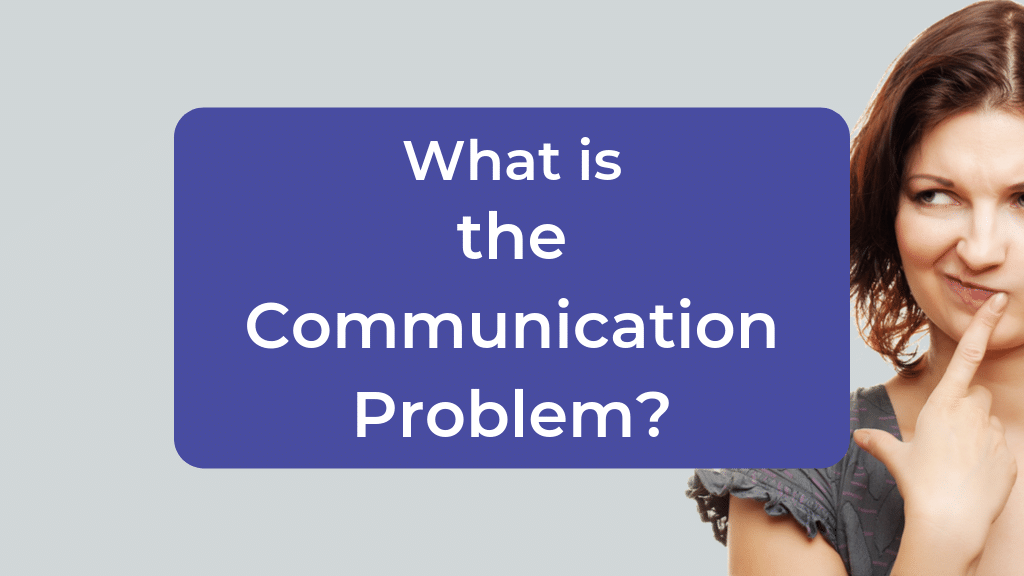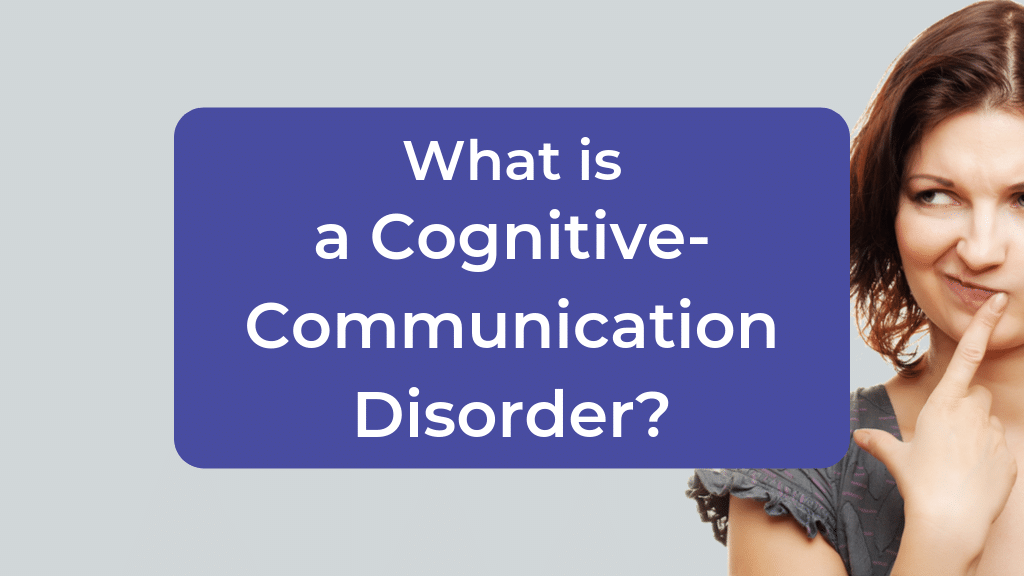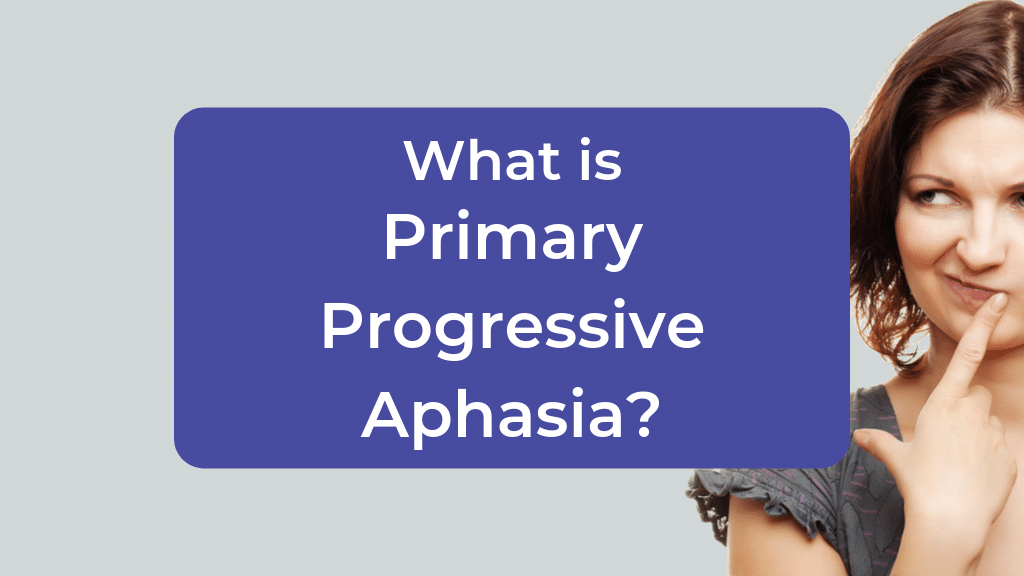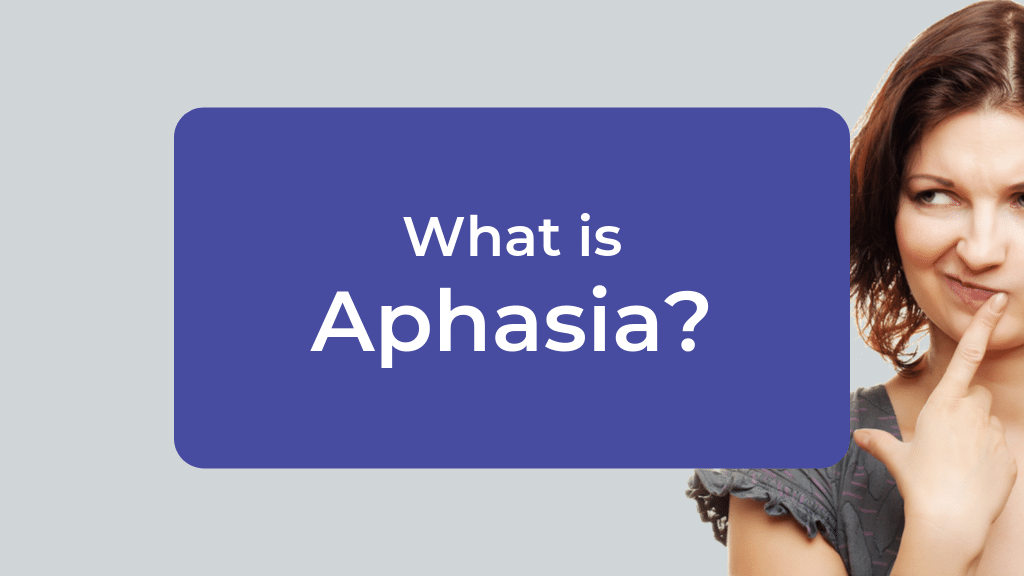What is
Brain Injury?
6 min read
The human brain controls everything we do. It keeps us alive by regulating breathing, circulation, digestion, and the immune system. The brain controls abilities such as movement, memory, speech, vision, hearing, making decisions, and our ability to get organized and get things done. It is through the brain that we are able live, experience emotions, and express ourselves. The brain controls everything we say, do, think, and feel.
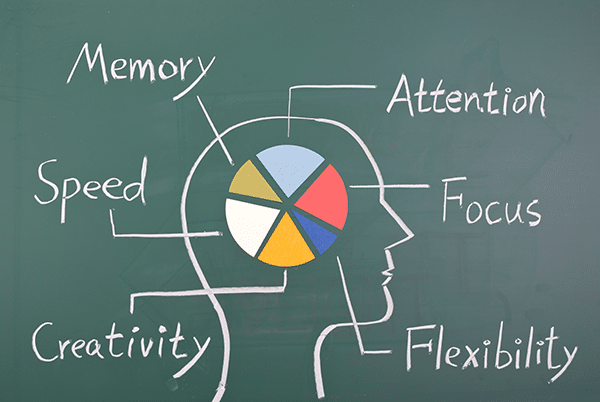
Despite its encircling fortress of bone (the skull), the brain is especially vulnerable to physical insult and injury, which may affect its different functions and result in a number of temporary or permanent impairments.
Types of Brain Injury
Brain injury refers to the occurrence of an insult to the brain, causing temporary or permanent damage. It is often described as either traumatic or acquired, depending on the underlying cause.
The Brain Injury Association of America (BIAA) developed the following definitions:
- An Acquired Brain Injury (ABI) is an injury to the brain that is not hereditary, congenital, degenerative or induced by birth trauma. Acquired brain injuries are caused by conditions including strokes, tumors, blood clots, seizures, infections (encephalitis, meningitis), anoxia (lack of oxygen to the brain), metabolic disorders, abuse of illegal drugs and/or neurotoxic poisoning.
- A Traumatic Brain Injury (TBI) is defined as a jolt or blow to the head or a penetrating head injury that disrupts the normal functioning of the brain. It is an insult to the brain caused by an external physical force. Causes of traumatic brain injuries include motor vehicle accidents, falls, gunshot wounds, sports-related injuries, military actions, physical violence, child abuse, shaken baby syndrome and other injuries caused by trauma.
According to the CDC, more than 2 million Americans a year sustain a TBI. Falls are the number one cause of TBIs, accounting for 40%, with rates highest in those over 65 years of age. Men have higher rates of TBI than women, and are nearly three times as likely to die of a TBI.
There has been a lot of media attention lately on TBI, especially in regards to sports-related concussions and domestic violence. Increased military action over the past decade or more has resulted in a number of combat-related TBIs in soldiers as well.
The recent Hollywood film Concussion and this Frontline documentary center on the discovery and cover-up that repeated concussions can lead to dementia in professional athletes.
Severity of Brain Injury
Brain injury severity can range from mild to severe, depending on a number of factors. Severity is traditionally based on duration of loss of consciousness, coma rating scale score, post-traumatic amnesia (PTA), and brain imaging results.
- A mild brain injury may be temporary; causing brief loss of consciousness, headaches, some confusion, nausea, and PTA of less than an hour or so.
- In a moderate brain injury, symptoms may last from 1-24 hours and are usually more pronounced.
- With a severe brain injury, the individual may suffer life-changing and debilitating problems. People who are in a coma or a minimally responsive state may remain dependent on the care of others for the rest of their lives.
Although brain injuries are given an initial severity rating, this may not accurately reflect the impact of the injury on the individual and their family’s lives.
Impact on the Individual
A brain injury, whether acquired or traumatic, can have a devastating impact on the affected individual. It may result in impairments of cognitive abilities, physical functioning, communication abilities, and/or behavioral and emotional functioning. Some of these problems include:
Cognitive Impairments
- Poor judgement or safety-awareness
- Memory or attention problems
- Impaired decision-making
- Difficulty processing information
- Inability to understand abstract concepts
Speech and Language Impairments
- Slurred speech (dysarthria)
- Difficulty understanding or producing language (aphasia)
- Difficulty in programming muscles for speech production (apraxia)
- Difficulty communicating thoughts effectively (cognitive-communication)
- Problems interpreting social cues or using socially-appropriate language
- Loss of reading and writing skills
Physical Impairments
- Weakness or Paralysis
- Tremors
- Seizures
- Sleep disorders
- Changes in the senses (hearing, sight, touch etc.) and sensitivity to light, sound, and sensation
- Problems in swallowing (dysphagia)
Behavioral/Emotional Impairments
- Irritability and impatience, perhaps with aggressive behavior
- Reduced tolerance for stress
- Inappropriate emotional reactions
- Tendency to be more self-centered with decreased empathy for others
- Depression or Anxiety
Impact on the Family
Brain injury affects not just the individual, but also the family, loved ones, close friends, and other social networks of the individual. Family members may experience:
- Feelings of isolation and helplessness
- Restricted independence
- Loss of emotional support
- Frustration due to lack of knowledge
- Adjustment to changes in their loved one and role in the family
- Financial constraints
- Caregiver burden with risk of burnout
Family members are extremely important members of the health care team; providing comfort, reassurance, and support to the person with brain injury. The active participation and involvement of family members, caregivers, friends, and co-workers can significantly help the individual with brain injury successfully return home and to the community.
Brain Injury Rehabilitation
Brain injury rehabilitation is a marathon, not a sprint. Recovery from brain injury is a process that takes time. In recent years, the specialty of neurological rehabilitation has advanced in its understanding of ways to encourage and maximize recovery. The healthcare team will use all available knowledge and techniques while caring for your loved one. While the most dramatic recovery often happens in the first year, progress is always possible as the brain continues to heal, learn, and practice. It’s important to never give up and keep working toward your goals.
Role of the Speech-Language Pathologist
Speech-language pathologists (SLPs) are rehabilitation specialists responsible for the evaluation and treatment of deficits related to speech, language, swallowing, and cognitive-communication in individuals with brain injury.
An individualized treatment plan is developed after the initial evaluation. The SLP treatment program will vary depending on the stage of recovery, but will always focus on increasing independence in everyday life.
In the early stages of recovery, SLP treatment focuses on:
- Eliciting generalized responses to sensory stimulation
- Teaching family members how to interact with the loved one
As an individual becomes more aware, SLP treatment focuses on:
- Reducing confusion
- Maintaining attention for basic activities
- Orienting the person to the date, where he or she is, and what has happened
Later on in recovery, SLP treatment focuses on:
- Finding ways to improve memory
- Learning strategies to improve executive functioning and social skills
- Improving self-monitoring in the hospital, home, and community
- Helping the person to get back to work or school
Tactus Therapy offers several apps ideal for brain injury rehab. Conversation Therapy, Visual Attention Therapy, and Category Therapy are powerful tools for the SLP brain injury toolbox.
5 Things to Remember about Brain Injury Rehabilitation
- No two brain injuries are alike. Treatment and rehabilitation will vary according to the type of injury, deficits and needs of each individual.
- ‘More’ does not mean ‘better’. Therapy should be intensive; however it will only be effective if it is functional and meaningful for the individual.
- Restore and compensate. Brain injury rehabilitation should focus on regaining lost skills as well as learning new ways to compensate for abilities that have been permanently changed because of the injury.
- Independence matters most. The ultimate goal of rehabilitation should be to help individuals progress to the most independent level of functioning possible; to restore a sense of normalcy and help re-integrate them to the community.
- You are not alone. This is the most important statement that individuals and family members of those with a brain injury should remember. There are millions of others who have gone through the same thing you have. Don’t be afraid to ask questions, seek support, get involved and participate in the rehabilitation process. Your involvement can make all the difference!
For more sites with valuable information on brain injury, visit the Stroke and Brain Injury resources page.

